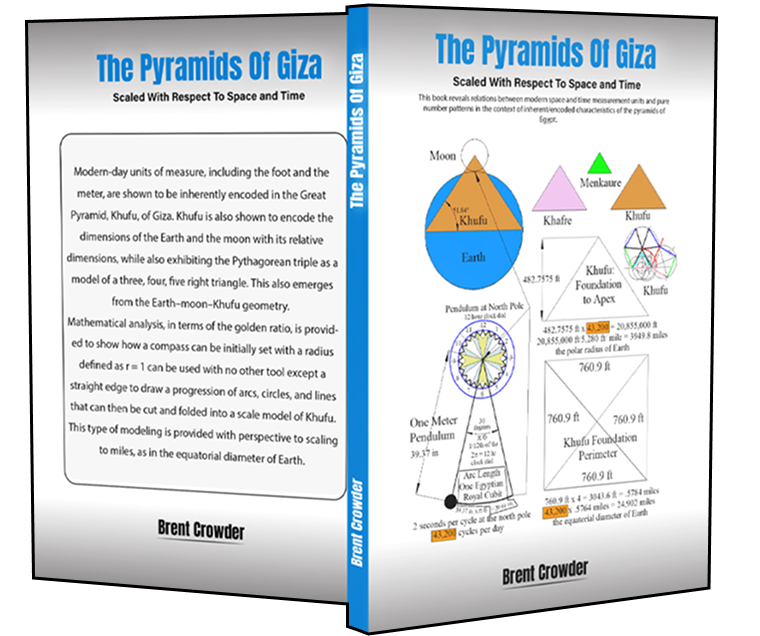Books
The Flower of Life Pattern
The Flower of Life Pattern: The Sacred Vesica Piscis Reveals the Anatomy of the Flower of Life Pattern and a Discovery Within It— Signifies the basic fundamentals of the flower of life formation started with the vesica piscis. The six-around-one pattern that followed was also created by drawing successive vesica pisces.
“Flower of Life” contains 19 circles, but an additional 36 circles are drawn and then trimmed to create the arcs shown in the left half of Figure 8 in the book. In contrast, indicating the whole number i.e., associated on it’s radius squared and the square root of each number at the hexagon vertex. (see Figures 10 and 11 for reference in the book).
The unit circle centers of the formation align along the six segments of hexagons starting nearest to the origin with a single frequency (one petal – edged) hexagon, followed concentrically outward with two frequencies, then three frequency, four frequency, and so on segment lengths.
Therefore, each nth hexagon segment has n+1 circles centered around it. The horizontal spacing of petal nodes is ½ root 3, and the vertical spacing of nodes is 1.

Pyramids of Giza
Pyramids of Giza: Scaled with Respect to Space and Time— inherently encoded in the Great Pyramid, Khufu, of Giza. Khufu is also shown to encode the dimensions of the Earth and the moon with its relative dimensions.
The book exhibits the Pythagorean triple as a model of three, four, and five right triangles. On a graphic relation, “the non-math” inclined readers are encouraged to view the graphics and compare actual versus calculated results. Consider watching the linked videos (especially note 3), cut, fold, and tape the figures at the end and link (per note 10) to form three scaled pyramids.
Each chapter itself is a conclusion of it’s own while it embarks on mathematical analysis in terms of the golden ratio provided to show how a compass can be initially set with a radius defined within each observation and analysis.

These methods are applied to scale the other two Giza Pyramids— which ends up with three “cutoutable” pyramids. “Three pyramids those are to scale with respect to each other.”
“Flower of Life” contains 19 circles, but an additional 36 circles are drawn and then trimmed to create the arcs shown in the left half of Figure 8 in the book. In contrast, indicating the whole number i.e., associated on it’s radius squared and the square root of each number at the hexagon vertex. (see Figures 10 and 11 for reference in the book).
The unit circle centers of the formation align along the six segments of hexagons starting nearest to the origin with a single frequency (one petal – edged) hexagon, followed concentrically outward with two frequencies, then three frequency, four frequency, and so on segment lengths.
Therefore, each nth hexagon segment has n+1 circles centered around it. The horizontal spacing of petal nodes is ½ root 3, and the vertical spacing of nodes is 1.
Trusted by the Best







Get Book Copy Today!
Enjoy your own copy today! Books are available on various platforms. Find one or more of your favorite hubs of reading.

What People Say

Jennifer
Connecting with Nature


Lisa
Personal Growth


Lewis
Meditation and Mindfulness


james
Art and Design in Sacred Geometry

